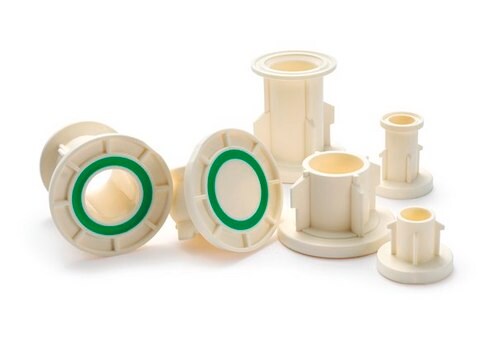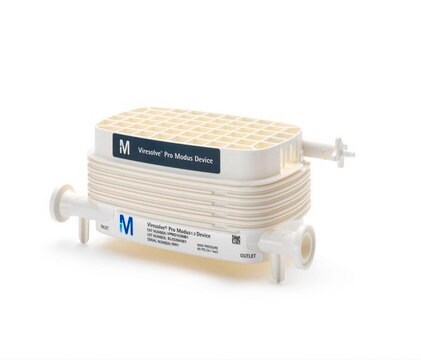推荐产品
product name
BF-2, 00021713
生物源
fish caudal trunk
增長模式
Adherent
染色體組型
Not specified
形態學
Fibroblast-like
產品
Not specified
受體
Not specified
技術
cell culture | mammalian: suitable
運輸包裝
dry ice
儲存溫度
−196°C
細胞系來源
Fish bluegill fry
細胞系描述
The cell line BF-2 has been derived from a trypsinised suspension of pooled caudal portions of the trunk of 1 year old fingerlings (Bluegill fry, Lepomis macrochirus). Cells have been reported to be susceptible to a variety of fish viruses including viral haemorrhagic septicaemia virus (VHSV), infectious hematopoietic necrosis virus (IHNV), spring viraemia of carp virus (SVCV) and pike fry rhabdovirus (PFRV).
應用
Fish virus studies
培養基
EMEM(HBSS) (M5775) or EMEM (EBSS) (M2279) + 2mM L-Glutamine (G7513) + 850 mg/L Sodium Bicarbonate(NaHCO3) (S8761) + 1% Non Essential Amino Acids(NEAA) (M7145) + 120 mg/l Sodium Pyruvate(NaP) (S8636) + 10% FBS / FCS (F2442); a mixture of MEM (HBSS) and MEM (EBSS) with 1-2% FBS is best for stability of monolayer and maintenance medium
例行更新培養
Split sub-confluent cultures (70-80%) 1:4 to 1:6 using 0.25% trypsin or trypsin/EDTA; cells replicate at 15 - 33°C, optimal temperature is 23 - 26°C; monolayer is stable for at least 10 days in maintenance medium (at 15 or 16°C for about 21 days). Fish c
其他說明
Additional freight & handling charges may be applicable for Asia-Pacific shipments. Please check with your local Customer Service representative for more information.
我们的科学家团队拥有各种研究领域经验,包括生命科学、材料科学、化学合成、色谱、分析及许多其他领域.
联系技术服务部门





